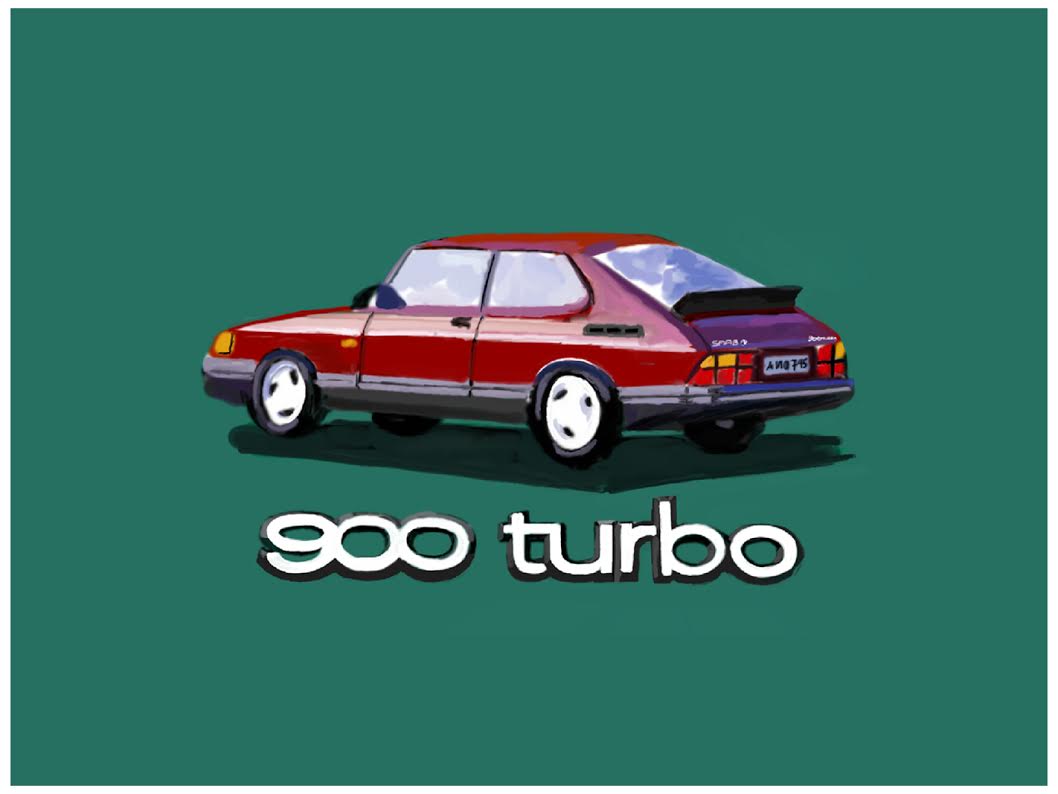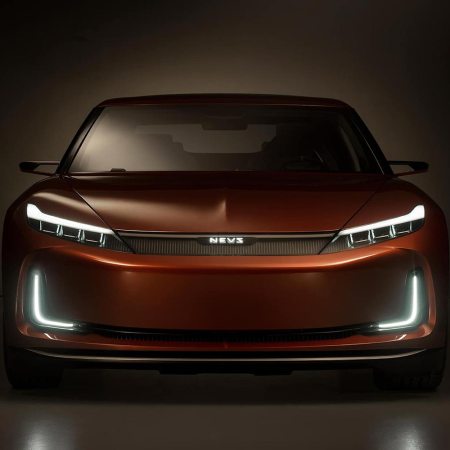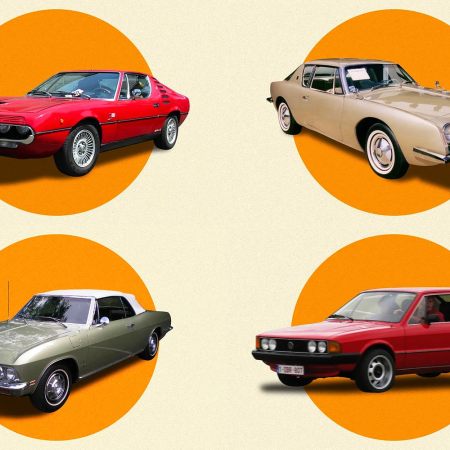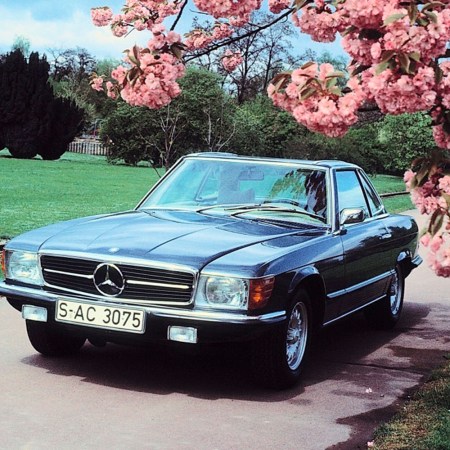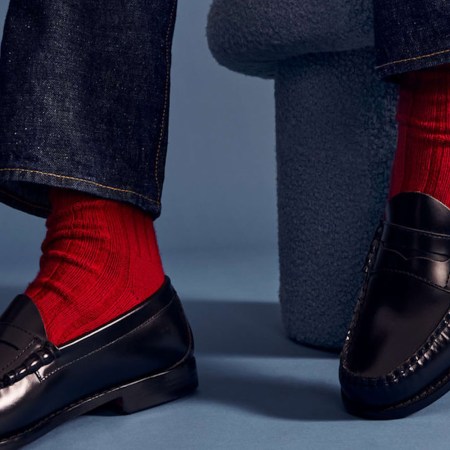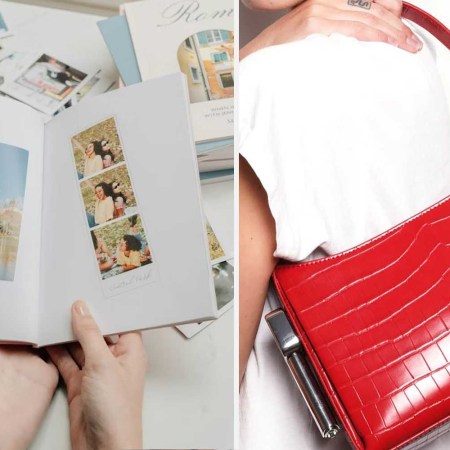Welcome to That’s the Dream, InsideHook’s new series exploring the things we want but will probably never own, for whatever reason. In this first installment, Jamie Feldmar dreams of one day owning her own 1980s yuppiemobile, the Saab 900, a car that’s “known more for its oddball design than its performance,” and is in her cost range, but will just have to remain something she takes pictures of and posts to Instagram.
Cars: I love ‘em. Hot rods, muscle cars, foreign imports, vintage roadsters and curvy coupes — I’ll take one of each, please. I ogle old cars on the street and run a novelty Instagram account documenting the ones that catch my eye. I don’t discriminate; there is little unifying principle to what I find attractive.
My low-key car fetish is amusing if only for its weirdness: I have never owned a car. (I have also never leased a car. In short, I have never been in possession of a car.) I’ve never needed to: I got my license at 16, shared a Jeep Cherokee with my mother for a few months, then left home for New York City the following year. You don’t need a car in New York, and for the past 15 years I have remained blissfully unaware of any of the logistics involved in actually owning one.
This may go without saying, but I am also generally not well-versed in how cars work, mechanically speaking. I love driving, but I’m not a gearhead, nor do I aspire to be. I appreciate cars for both their aesthetics and their functionality, but my interest is, fundamentally, superficial.
Still, that appreciation runs deep. Like any aficionado, I felt I should have a dream car, the way I should also have a go-to whisky and a karaoke song in my back pocket. And perhaps especially because owning a car wasn’t in the cards, I felt that my dream car didn’t have to make sense.
My dream car, I decided, could be a 1988 Saab 900 Turbo (cherry-red, please).
Yes, that is correct. My number-one tangerine dream fantasy whip is a now-defunct Swedish import known more for its oddball design than its performance. I love Saab 900s for all the same reasons as people who loved Saabs 900s during their heyday (1978-1993): they’re different. If a car is an extension of your personality, Saab owners are offbeat intellectual types who do the Friday crossword by hand and got into oat milk while you were still fucking around with almond. I didn’t invent the stereotype: one article from years ago described “Snaabs” as “creative advertising execs with large specs and asymmetric haircuts, who thought its retro looks were a good match for their dark side.”
Saab’s 1980s marketing campaign for the 900 played to this crowd, with delightfully wink-wink, nudge-nudge copy: “Astound your friends. Confound your enemies. Buy a Saab,” reads one; “These Saabs may draw an occasional glance or two. (Or three.)” reads another. What made the 900 unique was its engine, which was installed backwards, and its distinctive hatchback shape. Saabs were considered safe and reliable, and the introduction of their “turbo”-charged engine gave them a bit of a performance edge. With “the most intelligent car ever built” as their tagline for most of the ‘80s, the brand knew exactly who it was targeting.
As a child of the late ‘80s, I am a bit young to have been directly influenced by these ads. But my father certainly was. He had three consecutive Saabs from the early 1980s onwards — two 900s, and then, after my little sister arrived in 1992, a more family-friendly 9000, the 900’s four-door (and much less beloved) cousin. He told me that he liked Saabs because because they were “non-mainstream, and they had that funny shape.” There weren’t a ton of them on the road in Chicago, he said, and “I felt they fit my personality.”
A few years after the 9000, he took a job in sales and was given a car allowance, at which point he switched to a more conservative-looking Buick.
Things changed for Saab as the ‘80s drew to a close. In 1989, GM came on board as an investor, funding a “new” 900, which debuted in 1994. Although it looked similar, compared to the “classic,” it performed poorly, and true Snaabs peered down their noses at the second-generation model. The brand limped along through the ‘90s, putting out a few new designs, but in 2000, GM acquired the company entirely, and it was all downhill from there. By 2008, GM was looking to sell off the brand or kill it entirely; after talks with potential buyers sputtered, Saab went into the Swedish equivalent of bankruptcy. There was a convoluted death rattle involving a firehouse sale to a company called Spyker, but as of April 2011, the Saab plant in Trollhattan, Sweden was longer producing cars. It was a decidedly ignoble end to a once-glorious brand.
And yet, the Saab 900 remains a cult favorite. And unlike many cult favorites, they are not impossible to acquire: I’ve found alarmingly tempting used versions on eBay for a few thousand dollars. Friends send me photos of used Saabs slowly rotting out in front lawns across America, my father even occasionally sends a Craigslist listing.
The prospect of buying a Saab has always been a benign fantasy up until this point in my life; I have no reason to get a car in New York and frankly wouldn’t know where to put it. But I’m moving to Los Angeles this fall, arguably the city most strongly steeped in car culture in America. And I will, for the first time ever, need to get one.
If a car is an extension of your personality, Saab owners are offbeat intellectual types who do the Friday crossword by hand.
I could get my 900. Many are within my budget. But although the 900 is my dream, the reality is that I don’t know jack about how to deal with it. As a first-time car buyer, I’m still trying to wrap my head around the basics — how many miles are too many miles on a used car, what to look for in a vehicle-history report, how to negotiate a lease. I don’t know the first thing about parts or repairs; though I suspect a late-’80s or early-’90s Saab 900 will need a lot of them. I am not made of money; I’ve never even been to a mechanic. I can learn, but it feels like a steep curve, at least compared to what I’d need to know about a Prius.
And yet. Have you seen cars these days? They suck. All of them. There is no heir apparent to the Saab throne; this is a topic that’s debated endlessly in online forums full of depressed Snaabs contemplating their next purchase. “I know I can’t get another Saab when this one dies,” many of them start. “What should I do?” Answers range from Subarus to Volvos to Fiats; not one of them feels right to me. A car is one of the single largest purchases I’ll make in my life — so shouldn’t what I drive accurately reflect my personality? Yes, that’s capitalism: assigning meaning to materialism. But I can live with that if it means tooling around in a car I love.
Will I be driving off into the sunset in a vintage 900? Only time will tell. But as I trawl the listings for old Saabs online, I can’t help but think of the brand’s updated 1990s tagline: “Find your own road.”
This article was featured in the InsideHook newsletter. Sign up now.
